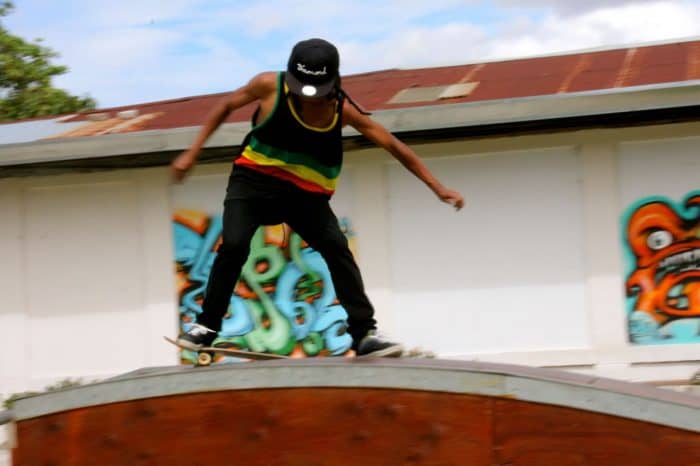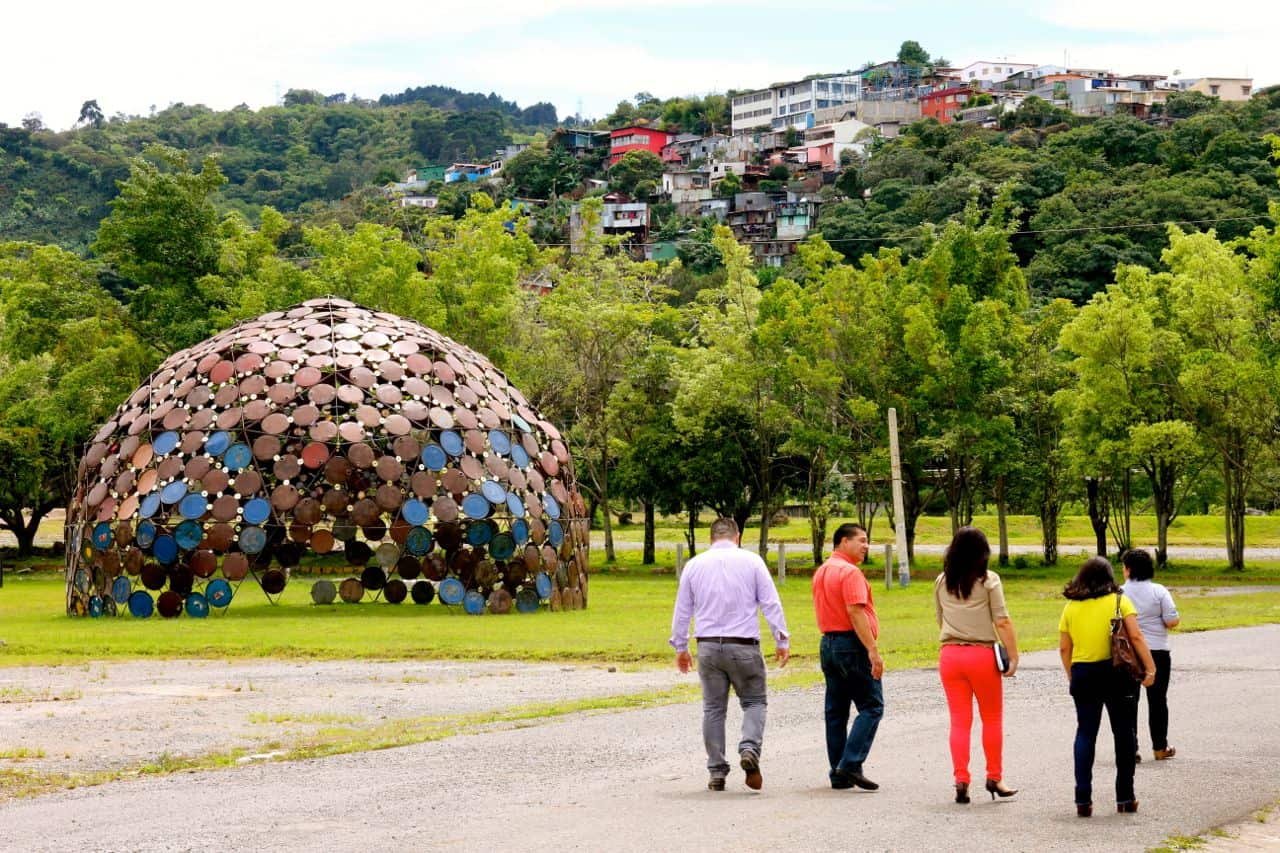Standing in the middle of Parque La Libertad, you might feel like you’re on a remote college campus, easily 100 kilometers from the nearest city. Stout wooded mountains ring the perimeter. The handful of buildings are cubist and ultra-modern. The lawns are meticulously groomed. Pathways crosshatch the grounds, and large painted icons identify them as bike paths. The area is so flat and open, the design so precise and geometric, you might not believe it’s Costa Rica at all.
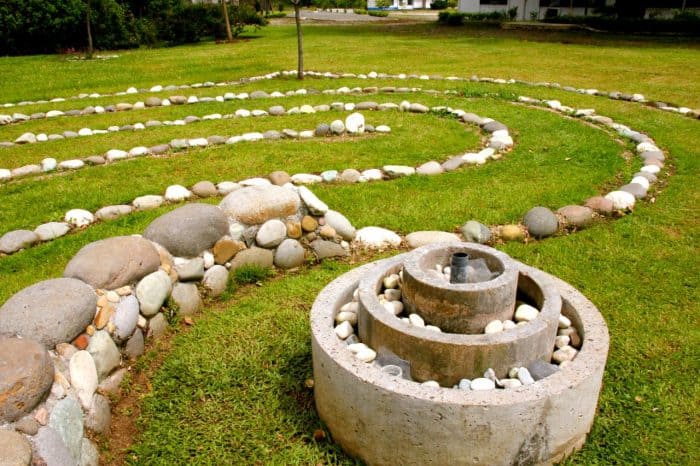
Yet Parque La Libertad stands right on the eastern edge of Desamparados, just south of San José. It is essentially smack dab in the middle of the city.
“People know Parque Diversiones,” says Cristine Jiménez Calvo, communications officer for Parque La Libertad. “They know La Sabana. But they don’t necessarily know about this place.”
Yet the park, commissioned by the Culture Ministry in 2008, attracted 300,000 visitors last year, and when the project is complete, administrators anticipate as many as 650,000 annual visitors in forthcoming years. The park has a permanent staff of 30 and depends on about 700 volunteers to teach classes and maintain the landscape.
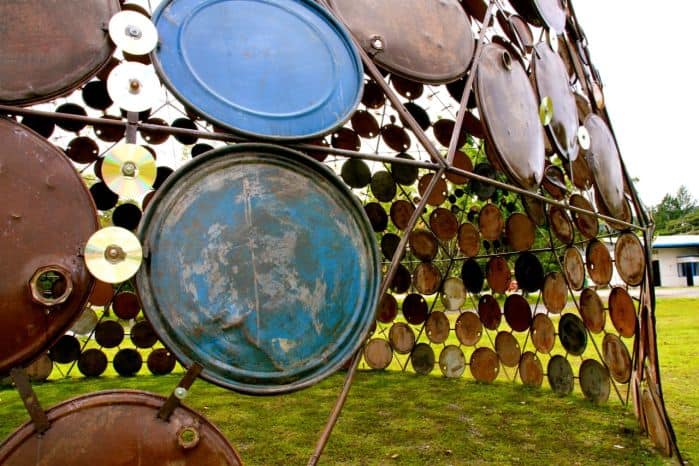
Not many expats venture into Desamparados, and the news that comes out of this sprawling cantón is generally bad: The area is known for poverty and crime, and there is little to attract visitors to its low-density developments. A Gringo could visit a local bar and receive multiple warnings from the local guáchiman to be careful because the streets are unsafe. Indeed, brochures at Juan Santamaría Airport warn about driving rental cars through Desamparados.
The reputation for danger dates back many decades. Most recently, U.S. tourist Steve Flesch got lost in Desamparados in 2013 and was fatally shot in the middle of the day. Caution is not without merit.
But the municipality of Desamparados is an enormous area, covering 118 square kilometers, and more than 200,000 people live in its labyrinth of quiet residential streets. While Desamparados is not exactly pretty, and crime is a widespread concern, Parque La Libertad may be exactly what the area needs: accessible green space, free extracurricular classes, and a plethora of fresh-air activities, from safe jogging trails to a skate park.
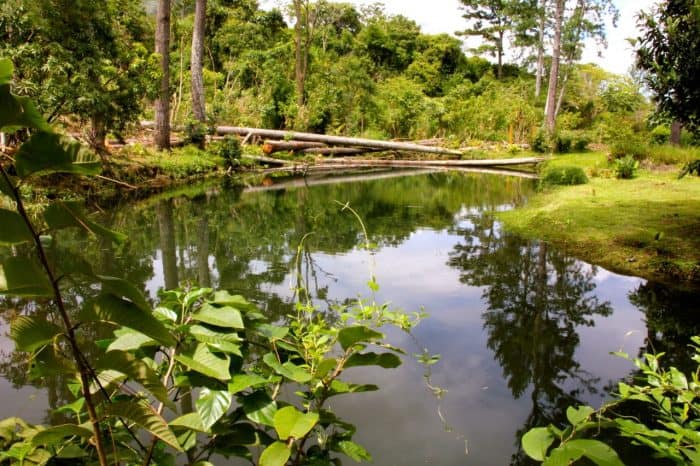
A cement company once owned this land, and the remnants of industry are everywhere. But after a mass renovation that has spanned the past six years, designers have repurposed the old infrastructure. Concrete platforms now serve as plant beds. The park staff is headquartered in offices once used by the concrete workers. Most striking of all, old CDs and barrel lids form a domed sculpture in the middle of the main cut.
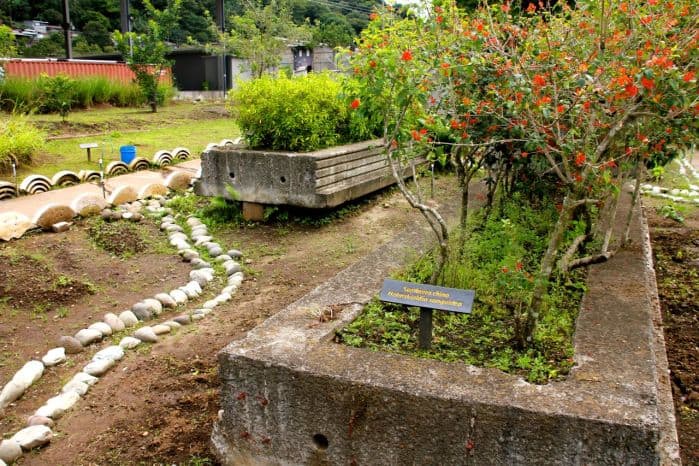
The results of these efforts are staggering. Five hundred students are currently enrolled in music classes, and 90 students perform in the Libertad Orchestra, a company that has performed throughout San José. The park also offers classes in computer literacy, fine arts, taekwondo, acrobatics, and various kinds of dance. Soon the course catalogue will include workshops in circus performance. Most classes are geared toward children and teens, but adults often participate, and while the calendar is packed with activities, Jiménez says that almost any interested person can propose a project.
“All they have to do is write us and explain what they want to do,” she says. “La Libertad is living culture. It is a space for training and recreation across different cultural expressions. The positive impact is evidence in the social, environmental, and economic transformation. Not only do we promote individual abilities and skills, but we improve the quality of life of families, communities, and the country.”
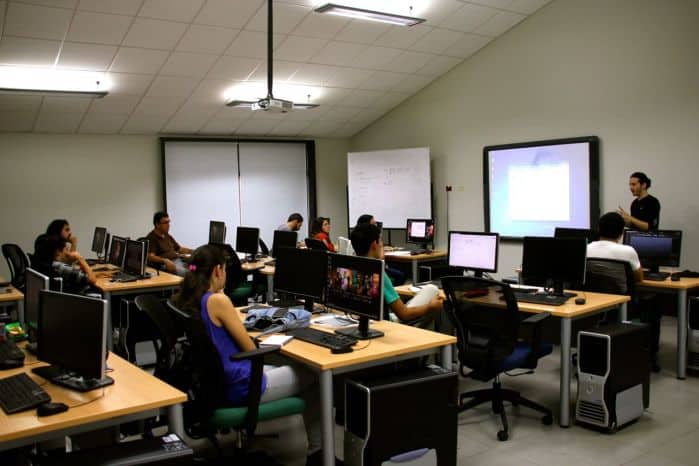
Meanwhile, the community garden draws scores of local horticulturalists, and a section of the park will soon be deemed protected land, with docent tours and hiking trails.
What is striking about La Libertad is that its grounds are so popular among locals, yet little-known elsewhere. The Culture Ministry sends press releases about its events once or twice a week, and the government has dedicated large amounts of money to its development and upkeep, approximately $1.5 million per year. Yet the park is so new that Waze – the ultra-detailed navigation app for smartphones – directs visitors to the rear entrance. Only slowly is awareness of the park expanding.
The park’s motto reads, “Where creativity has no limits.” With any luck, its future will seem as limitless.
